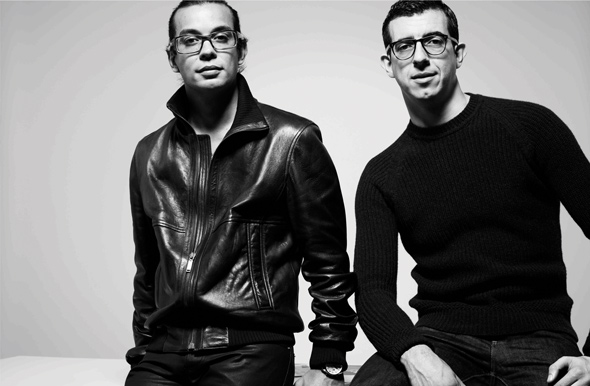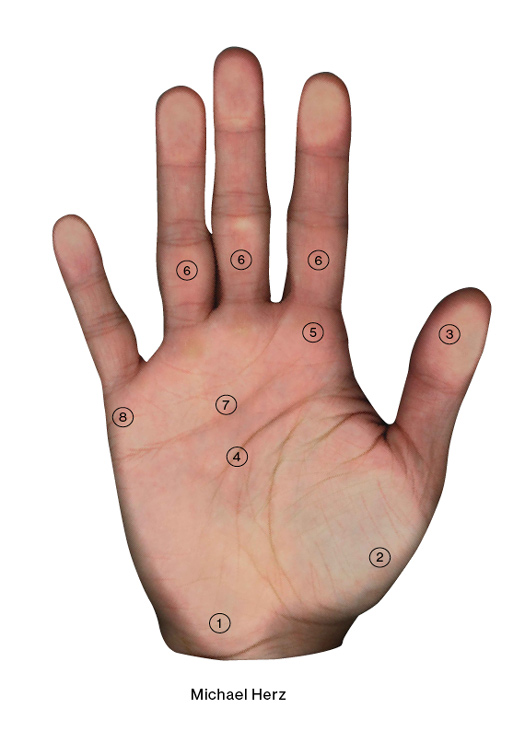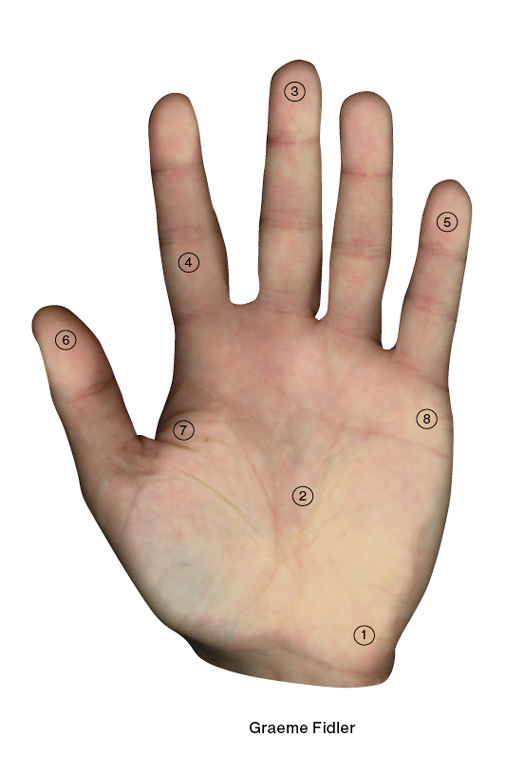
As co-creative directors for Bally, Michael Herz and Graeme Fidler oversee the Swiss brand’s overall aesthetic. Renowned for impeccable shoes and leather goods since 1851, the company turned to Herz and Fidler to revitalize ready-to-wear and the brand’s broader lifestyle appeal. While clothing had been part of Bally’s offerings since 1976, shoes, boots and bags continuously defined the Bally signature. After all, Bally invented the pump in 1890, scaled Mt. Everest in 1953, and visited the moon in 1969. At Aquascutum, Herz and Fidler established their ability to modernize an esteemed heritage brand. At Bally, the duo has achieved rave reviews for the ready-to-wear component. And they still grow the shoes and accessory businesses via expansion into eyewear, made-to-order opportunities, and planned establishment of stand-alone retail stores for the iconic Scribe shoe.
What are your individual strengths and weaknesses as designers?
MH: That I sometimes let my heart rule my head and that I like to be a little provocative. You can decide which is a weakness!
GF: My weakness is that I can get lost in the detail but the underlying strength is that I like to make sure everything we create is functional and useful.
How do you balance Bally’s historic legacy versus the need to stay relevant to today’s aesthetic?
MH: Bally was founded over 160 years ago and as a result, has this incredible heritage and amazing archive. When we first arrived, we took a lot of time at the start, coming to understand what Bally stood for and what the brand wanted to be. While we want to respect that heritage, we also want to create highly relevant, contemporary collections that set the benchmark in leather design and craftsmanship.
GF: We want to produce a product that is beautiful and allows our customers to appreciate it because it’s desirable. Bally’s heritage is shoes and luxury leather goods, which represent authenticity and integrity. ‘Bally Switzerland 1851’ speaks for itself: simple, modern elegance; fine craftsmanship; and beautiful leathers.
What is style? What is fashion?
MH: You can make a personal statement with both but you can sacrifice your style for fashion by ignoring what flatters you to slavishly follow what others are wearing.
GF: Fashion you can buy—Style is inherent.
What is the difference between on trend versus trendy?
MH: Trendy burns bright for a moment, but on trend remains unfailingly in the background as a clear foundation for who you are.
GF: On trend is knowing what you’re about, what you stand for, being authentic and sticking to that, even when it doesn’t seem to be trendy.
How do you stay connected to client needs around the world?
Both: We travel a lot plus we have great teams based all over the world with whom we communicate on a regular basis.
The following reading is by Lena, who has no idea these palms belong to Michael Herz and Graeme Fidler

1) A strongly independent thinker whose dreams are so far out of the box that they cannot even be spoken.
2) Dominant in all walks of his life. He expects to be obeyed. This will get complicated when he wants to be followed in difficult communications, causing confusion and frustration.
3) Good with machinery and other inanimate objects that stay where you put them and perform predictably.
4) Extremely intelligent and imaginative, although at times he believes his himself to be driven by logic.
5) Early in life he has had health issues, until mid-life when he comes to understand what his body needs to thrive. After that, reasonably good health, long life and an easy end with no lingering illness.
6) A firm believer in logic. This occasionally confuses his intuition, twisting it into odd configurations, which makes his creative methodology unintelligible to others.
7) Vastly creative on a sexual level. Comes up with ideas that no one else has thought of – some of which may be anatomically impossible, but intriguing.
8) Later in life he will find someone who shares his sexual creativity and has the unusual talent of understanding him. Once he finds this person, there will no longer be a need for others.

1) A broad thinker who sees the big picture.
2) A deep level of stability. He is rarely traumatized by the minor occurrences of life.
3) Able to deal with the surface minutiae of life quite effectively, but will only do so with minor matters and when he chooses.
4) Strongly self-directed. Will go his own way in spite of strong familial conditioning to remain with the herd.
5) Independent of thought, even more so than of deed, due to a wish not to disturb the harmony of others.
6) More fond of living beings than of machinery. Enjoys the unpredictable nature of living beings be they people, animal, or spirit.
7) Slow to anger. To him, most insults are not worth the effort of anger. Once angered, steps to resolve the situation will be taken in an intuitive and logical manner.
8) He will have a variety of relationships throughout life as his heart and head tend to disagree about whom to fall in love with. Whom he should be with and to whom his heart is drawn will not be the same person.
Text by Michael Cohen

